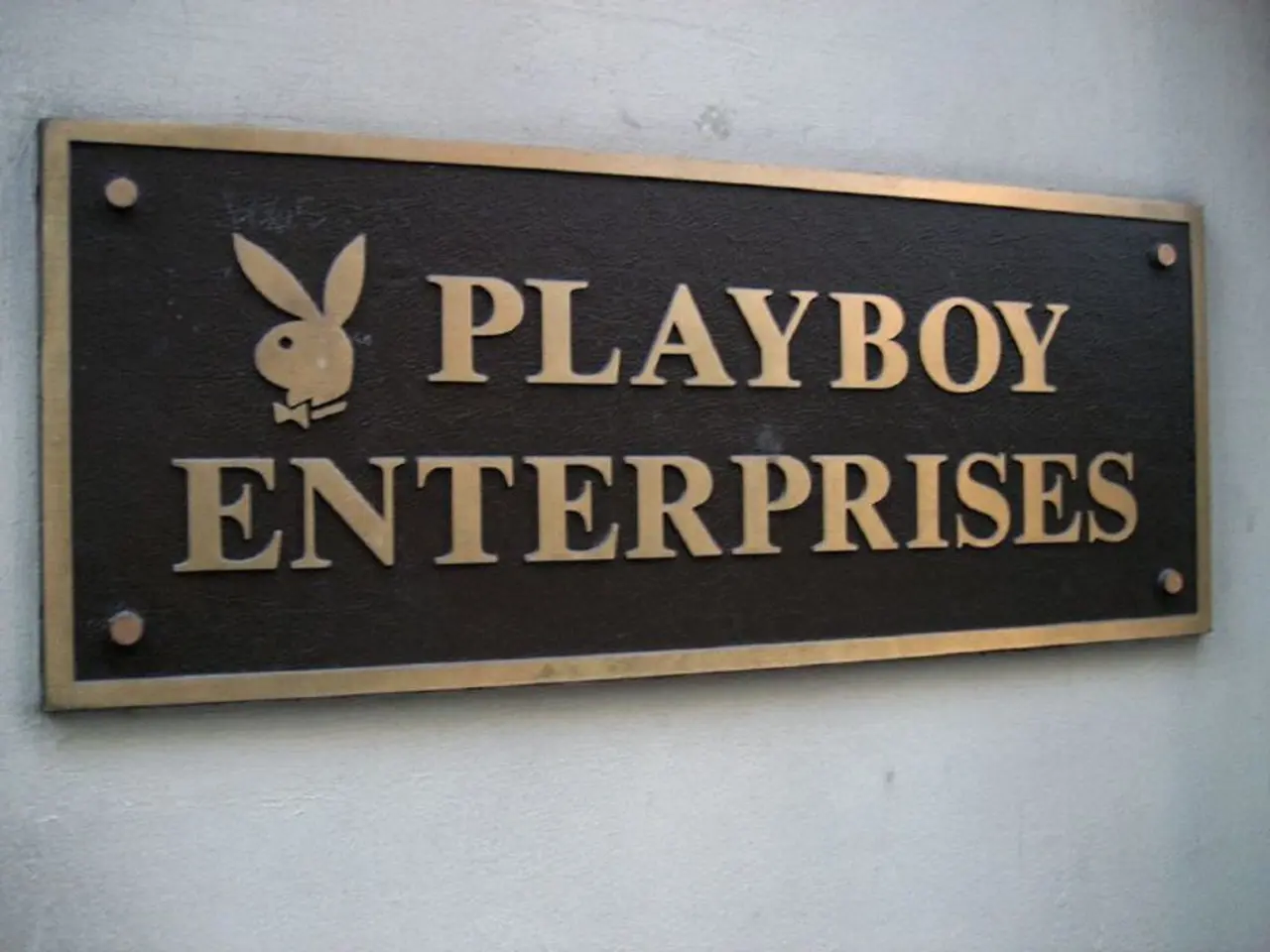Connecting Everything via USB-C Connector
In the world of electronics, keeping up with the latest technologies can be a game-changer. One such technology is USB-C Power Delivery (PD), which is revolutionizing power supply systems. A recent project, soon to be available from usual suppliers, aims to replace traditional barrel jack sockets on a PCB with USB-C PD power supplies.
The video titled "Replace Barrel Jack with USB-C PD Power Supply on a PCB" provides a comprehensive introduction to this topic. The project, designed to convert mains voltage into low voltage DC, offers several advantages, making it an attractive solution for various devices.
To replace a barrel jack socket on a PCB with a USB-C PD power supply, you generally need to remove the barrel jack and add a USB-C PD interface module. This module, designed to handle USB-C PD voltage negotiation and delivery safely, typically involves using a dedicated USB-C PD controller IC or module like Infineon’s EZ-PD™ Barrel Connector Replacement (BCR) or BCR-Lite solutions.
Key steps and considerations include:
- Removing the barrel jack socket from the PCB, freeing the DC input pins.
- Selecting a USB-C PD controller or module designed to replace barrel jacks.
- Interfacing the USB-C PD module to the PCB power input, ensuring polarity and voltage ratings match.
- Ensuring power negotiation and protection with the integrated protection features in these controllers.
- Mechanically adapting the USB-C connector mounting, which may require a small daughter board or adapter PCB if your original PCB doesn't have a footprint for USB-C.
- Testing the system to verify correct voltage at the power input, confirm the device powers on and operates normally, and check for any overheating or unexpected behavior.
USB-C PD’s advantages—flexible voltage, universal connector, efficient power negotiation, and reduced wall wart clutter—make it an appealing choice. Avoid simply wiring USB-C’s 5V line directly without a PD controller, as this bypasses negotiation and protection mechanisms.
This conversion not only modernises your devices but also solves the problem of managing multiple wall warts. The project demonstrates the potential of USB-C PD technology and is a testament to how it can be done right. The design files for the power supply are freely available, making it accessible for DIY enthusiasts and professionals alike.
In summary, replacing a barrel jack input with a USB-C PD power supply requires removing the jack, integrating a USB-C PD controller module, connecting its regulated output to the PCB power input, and mechanically adapting the USB-C connector mounting. This approach enables safe, flexible, and modern USB-C PD power input for your device.
- The recent project that replaces traditional barrel jack sockets on a PCB with USB-C PD power supplies is beneficial for various devices like smart-home devices, gadgets, and PCBs, as it offers advantages such as flexible voltage and efficient power negotiation.
- In the process of replacing a barrel jack socket on a PCB with a USB-C PD power supply, you may need to consider using technology like Infineon’s EZ-PD™ Barrel Connector Replacement (BCR) or BCR-Lite solutions, which are USB-C PD controller ICs or modules designed to handle USB-C PD voltage negotiation and delivery safely.




